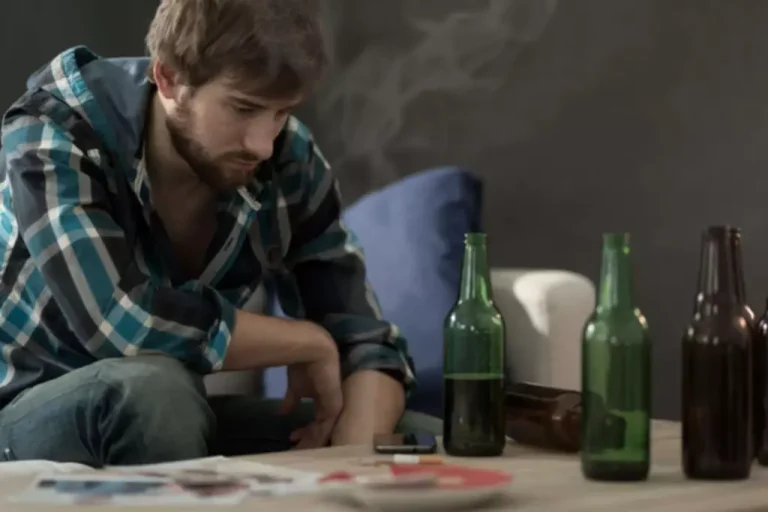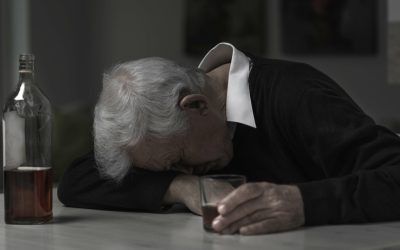If celebration means lifting a glass, having a cold one, or lighting one up, that means a relapse is likely inevitable. Finding new ways of enjoying life, clean and sober, can be a challenging task in a world where men are expected to be men and substance use and abuse is found everywhere you look. From the rundown dive bar to the poshest hot spot, temptation abounds.

Normal Feelings That Trigger Relapse
- Some studies have indicated that mindfulness-based relapse prevention skills can be an effective way to deal with emotional triggers.
- The vital key to avoiding a stress relapse trigger is to stay proactive.
- Sometimes people relapse because, in their eagerness to leave addiction behind, they cease engaging in measures that contribute to recovery.
- One of the most important things to understand in addiction recovery is the triggers that can lead to relapse.
- Every country, every town, and almost every cruise ship has a 12-step meeting.
These need to be people that you’ll feel comfortable calling on if you encounter one of your triggers out in the world and need someone to talk to as a tool to help prevent relapse. Some people experience a whirlwind of emotions when seeing old friends and loved ones, which can trigger the desire to have a drink. Other people may become so stressed out by the push to perform at school or work that they are tempted by the feelings produced by stimulants. Expecting triggers and planning to cope with them effectively is the best way to defend against addiction relapse. Discovery Institute also offers individual therapy, coping skills development and implementation of recovery support groups such as Alcoholics Anonymous and Narcotics Anonymous. Some coping skills that are taught involve cognitive-behavioral therapy (CBT), dialectical behavior therapy (DBT) and meditation.

Finding healthy ways to cope with stress:
If you know someone struggling with substance use, empathize with them. Treat them as active participants in their recovery—not as projects. They aren’t victims of drug abuse; they are individuals who have developed an unhealthy dependence. Since addiction is a chronic condition, it means that its recovery isn’t the types of relapse triggers destination, but rather, it is a continuous journey. Setbacks and relapse are typical with chronic conditions, especially when not adhering to addiction treatment plans or encountering triggers. Thus, you need to understand these triggers and learn how to prevent them and manage them to remain on your recovery path.
Creating a Relapse Prevention Plan
Triggers provide a perfect example of why staying sober isn’t as simple as it seems. For many individuals, recognizing and preventing relapse is one of the most challenging aspects of recovery. Unless you have experienced them personally, you cannot imagine how difficult it can be to navigate a trigger without giving in to temptation. This may vary from person to person and be influenced by things such as extent and length of use.
- Relapse is most likely in the first 90 days after embarking on recovery, but in general it typically happens within the first year.
- In fact, there are a variety of treatment methods currently available, thanks to significant advances in the field over the past 60 years.
- During therapy for people experiencing emotional relapse, patients are encouraged to identify their denial and focus on self-care.
- A setback does not have to end in relapse to be worthy of discussion in therapy.
- Unless you have experienced them personally, you cannot imagine how difficult it can be to navigate a trigger without giving in to temptation.
Staying Grounded: Managing Triggers in Addiction Recovery
While it is more controlled and brief than a full relapse, a series of lapses can easily progress to relapse. The HALT acronym helps those in recovery keep an eye on some of the most basic human needs that can lead to or intensify triggers if not fulfilled. Being in any one of the HALT states reduces a person’s ability to cope with stress and increases impulsivity. Discussions often revolve around dealing with everyday situations without turning to substances.







